Gli attacchi da sci sono un componente strutturale essenziale dell'attrezzatura. Collegano gli scarponi agli sci, controllando la distribuzione della potenza e la loro funzione, sganciandosi quando necessario per garantire la sicurezza. Gli sciatori di solito si chiedono se sia possibile montare attacchi su qualsiasi tipo di sci. Quindi, la domanda chiave è: è possibile utilizzare qualsiasi tipo di attacco in combinazione con qualsiasi tipo di sci?
La risposta breve? No. Gli attacchi da sci non sono universali. Esistono diversi tipi di attacchi per uso individuale, in particolare per modelli di sci, design di scarponi e tecniche di sciata. L'utilizzo di attacchi non compatibili crea difficoltà durante la sciata e presenta potenziali pericoli per lo sciatore.
Andiamo a fondo come scegliere gli attacchi da sci o come montare gli attacchi da sci e le sfide che comporta combinare attacchi diversi con sci diversi.
Gli attacchi da sci sono universali?
Sciare Gli attacchi non sono universali. Diversi fattori determinano la compatibilità, tra cui il tipo di scarpone, la larghezza degli sci e le opzioni di montaggio. Scegliere gli attacchi sbagliati può influire sul controllo, sulla sicurezza e sulle prestazioni sciistiche.
Compatibilità di avvio
La prima cosa da controllare è compatibilità di avvio.
L'utilizzo di attacchi alpini che appartengono alla categoria tradizionale sugli scarponi GripWalk crea una condizione di calzata scadente.
Esistono inoltre attacchi da sci pensati anche per gli scarponi da snowboard.
Larghezza degli sci e freni degli attacchi
Un altro fattore chiave è larghezza dello sci e la dimensione del freni di fissaggioI freni di attacco sono i bracci che si estendono e afferrano la neve quando si staccano gli sci. Devono essere sufficientemente larghi da adattarsi alla larghezza degli sci.
Troppo stretto? I freni non sono adatti agli sci.
Troppo largo? Potrebbero trascinarsi sulla neve, rallentandoti e rendendo le curve meno efficienti.
Quando scegliete gli attacchi da sci per la vostra attrezzatura, scegliete sempre un modello con freni larghi da 5 a 15 millimetri al di sopra della misura del centro dello sci. Per sci con larghezza del centro di 88 mm, dovreste abbinare attacchi con freni larghi da 93 a 103 mm.
Compatibilità di montaggio
I sistemi di montaggio determinano anche se un attacco è adatto ai tuoi sci. Alcuni sci sono dotati di piastre di montaggio integrate, che significa solo legami specifici funzionerà. Alcuni attacchi sono dotati di fori preinstallati che fungono da punti di compatibilità specifici per marca o modello.
I tuoi attacchi non possono adattarsi
Cerco aiuto da un
Come scegliere gli attacchi da sci
La comprensione del tuo stile di sci specifico inizia
Attacchi da sci Besall-Mountain Quello
Marcatore Griffon 13 – Un'opzione robusta e leggera per gli sciatori aggressivi.
Guarda Pivot 14 – Apprezzato dai free-rider per la sua elasticità e affidabilità.
Salomon STH2 WTR 13 – migliori attacchi da sci per tutti gli amanti della montagna versatilità.
Se ti piace sciare nel park, avrai bisogno di attacchi con un maggiore assorbimento degli urti. Scegli attacchi con freni più larghi per
È fondamentale anche verificare la compatibilità degli scarponi prima dell'acquisto. Se utilizzi scarponi GripWalk, assicurati di avere attacchi GripWalk o un setup compatibile con più norme.
Infine, considera l'impostazione DIN. L'impostazione DIN determina la facilità con cui gli attacchi si sganciano in caso di caduta. I principianti necessitano di impostazioni DIN più basse per motivi di sicurezza, mentre gli sciatori più aggressivi richiedono impostazioni più alte per evitare sganci indesiderati. Un tecnico specializzato può aiutarti a determinare l'impostazione più adatta a te in base a peso, altezza e livello di abilità.
In

Come montare gli attacchi da sci: è possibile combinarli tra loro?
Lo scambio degli attacchi tra sci diversi è possibile, anche se rimane un'operazione complessa
Gli attacchi generalmente si trasferiranno senza problemi quando le loro specifiche corrispondono a queste
L'integrità strutturale di uno sci inizia a deteriorarsi quando vengono praticati più fori, perché ciò ne indebolisce l'anima e ne aumenta la suscettibilità alla rottura sotto alta pressione. Si consiglia di consultare un
Sfide con i sistemi di rilegatura integrati
Un'altra sfida riguarda gli sci con attacchi preinstallati. Alcuni sci sono progettati con attacchi integrati e sono compatibili solo con attacchi specifici della stessa marca o dello stesso sistema. Non è possibile installare set di attacchi diversi su questi sci poiché i fori non coincidono.
Gli sciatori devono essere consapevoli che i loro attacchi finiranno per usurarsi. A causa del degrado del materiale, le molle allentano la loro tensione e i meccanismi di sgancio perdono affidabilità con il passare del tempo. Prima di riutilizzare vecchi attacchi, verificare che siano ancora funzionanti e senza segni di danneggiamento.
Valutazione su uno sci
Alcuni sci sono dotati di attacchi integrati, il che significa che non è possibile sostituirli. Marche come
Come montare gli attacchi da sci
IL
Determinare il punto di montaggio
La maggior parte degli sci ha una linea di montaggio consigliata, solitamente indicata sulla lamina superiore. Questo punto è progettato per un equilibrio e un controllo ottimali. Gli attacchi da montare in questa posizione sono più adatti alla maggior parte degli sciatori. Se preferisci i trick freestyle, puoi spostarli leggermente. Regolali indietro per...
Controllare la lunghezza della suola dello stivale
Gli attacchi devono corrispondere alla lunghezza della suola dello scarpone (BS è misurata in millimetri e stampata sullo scarpone da sci). Questo garantisce un
Praticare i fori (se necessario)
È necessario praticare fori precisi negli sci privi di sistemi di montaggio integrati per il fissaggio degli attacchi. Ciò richiede precisione, poiché fori disallineati possono indebolire lo sci o creare una configurazione instabile. Uno sci
Fissare gli attacchi
Dopo aver forato correttamente i fori, le viti di fissaggio fisseranno gli attacchi. Un im
Regola l'impostazione DIN
L'impostazione DIN controlla la facilità di sgancio degli attacchi in caso di caduta. I principianti necessitano di un'impostazione più bassa per uno sgancio più facile, mentre gli sciatori più aggressivi o pesanti necessitano di un DIN più alto per evitare espulsioni accidentali. Uno sci
UN
È possibile utilizzare gli attacchi da snowboard sugli sci?
Molti sciatori si chiedono se gli attacchi da snowboard possano essere utilizzati come attacchi adatti per gli sci. In teoria, si possono usare gli attacchi da snowboard sugli sci, ma in pratica, questa applicazione...
Gli attacchi da snowboard non possiedono le caratteristiche essenziali di controllo delle lamine che migliorerebbero le prestazioni sciistiche. Poiché gli snowboarder scivolano lateralmente, i loro attacchi non richiedono la stessa pressione in avanti richiesta dagli attacchi da sci.Se provi a montare gli attacchi da snowboard sugli sci, noterai:
L'installazione sembra instabile - Senza
Il controllo dei bordi è scarso – La curva è difficile perché gli attacchi non sono progettati per il movimento in avanti.
È richiesta una piattaforma di sollevamento – Poiché gli attacchi da snowboard sono posizionati più in basso, avrai bisogno di una piattaforma personalizzata per sollevarli abbastanza in alto per
L'unica eccezione? Snowfeet Skiblades E Skiskates Queste innovative lame da sci sono progettate per funzionare con sci appositamente progettati attacchi stile snowboardA differenza dei tradizionali attacchi da snowboard sugli sci (che risultano scomodi), queste configurazioni sono realizzate appositamente per la funzionalità delle lame degli sci, offrendo un'esperienza sciistica unica.
Considerazioni finali
È possibile montare attacchi su qualsiasi tipo di sci? No, e per buone ragioni. Gli attacchi richiedono attacchi compatibili con la marca degli sci, adatti alla tecnica sciistica scelta. Attacchi GripWalk sono necessari per i bot GripWalk e attacchi da sci all mountain dovrebbe bilanciare flessibilità e controllo. Fissare gli attacchi degli sci in modo errato può causare
Se stai cambiando gli attacchi tra gli sci, controlla la larghezza dei freni, lo schema di montaggio e le condizioni degli attacchi prima di apportare modifiche. E se sei curioso di usare gli attacchi da snowboard sugli sci, ricorda che, sebbene la maggior parte delle configurazioni siano ingombranti e poco pratiche,
Vuoi una configurazione di sci che elimini i problemi di compatibilità con gli attacchi? Scopri

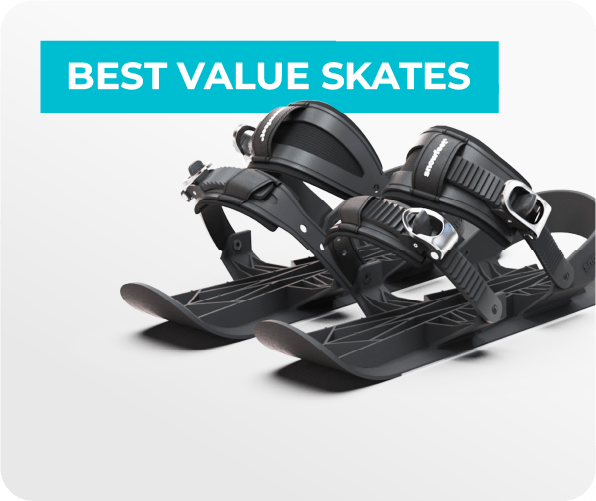
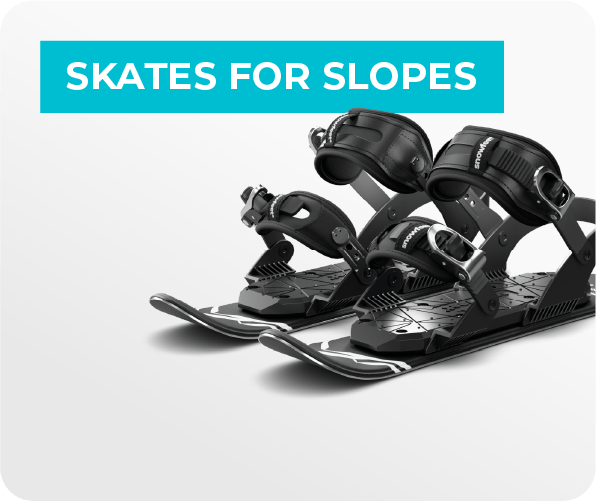
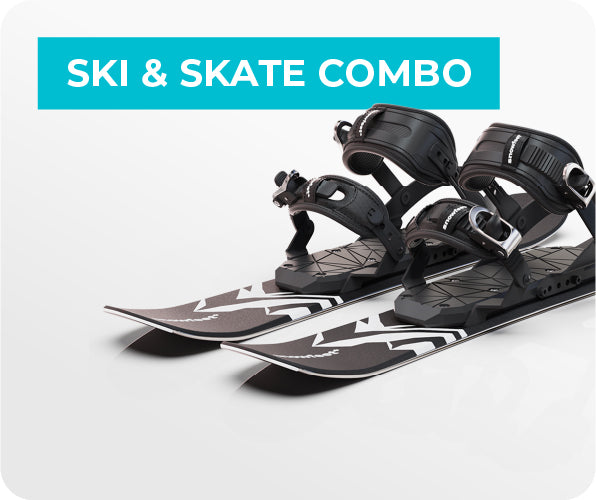
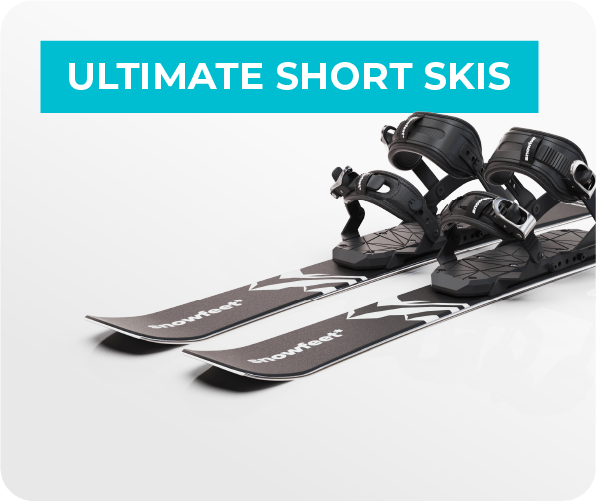
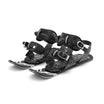
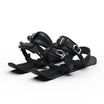
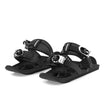
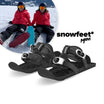
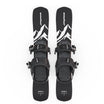
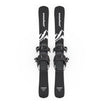
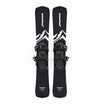
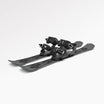
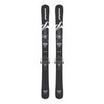
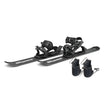
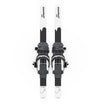
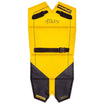
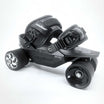

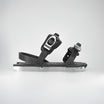
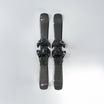
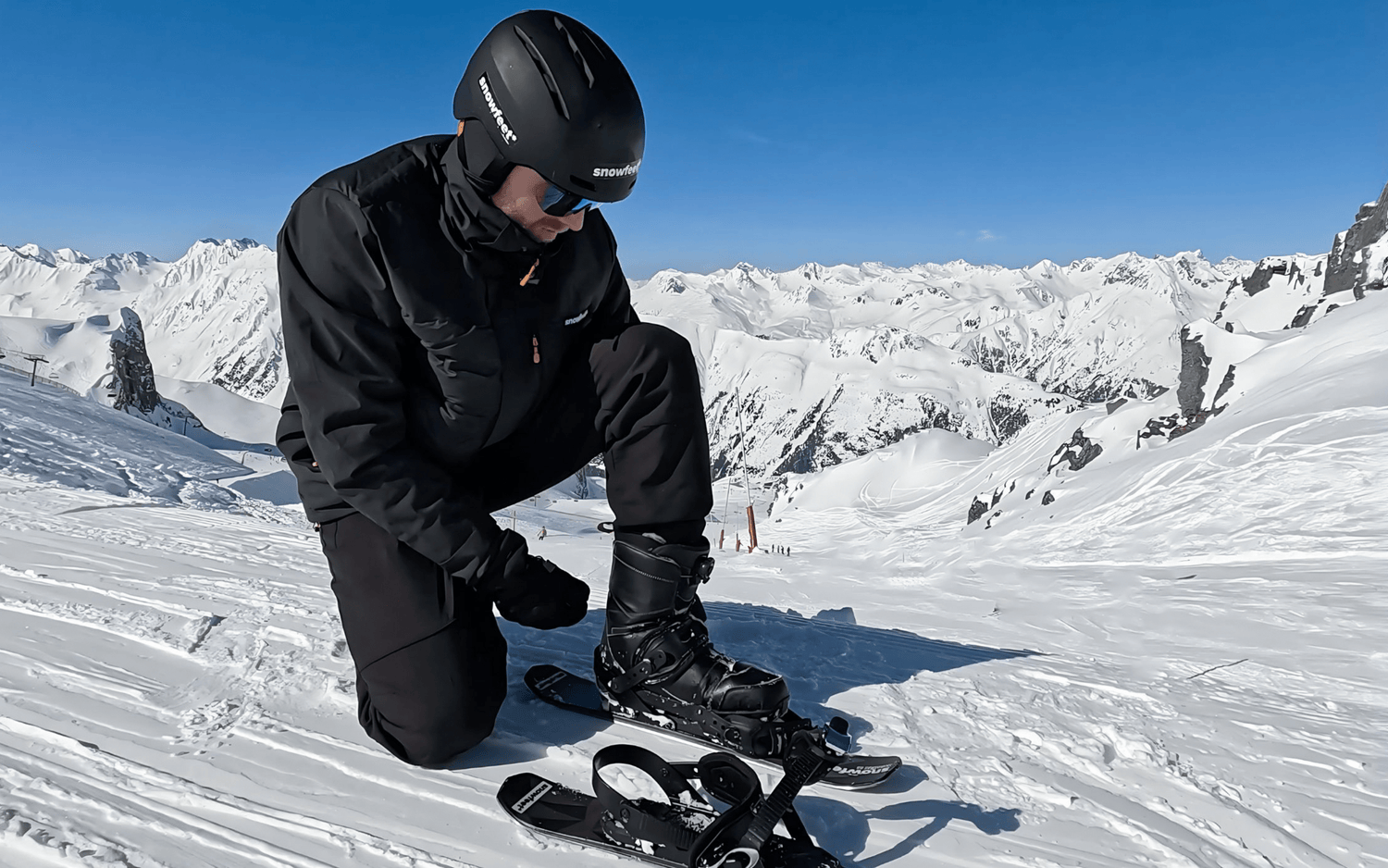




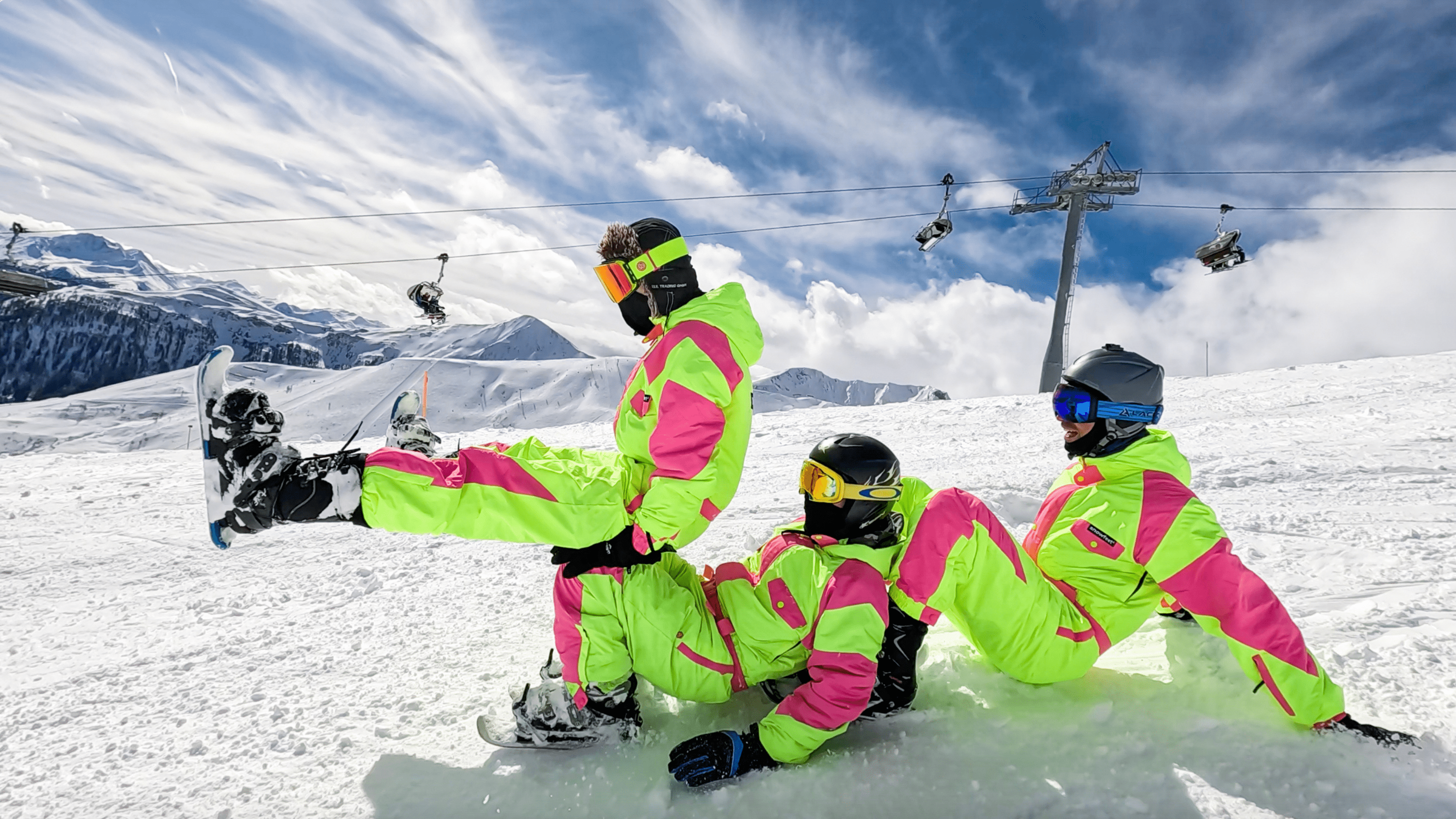
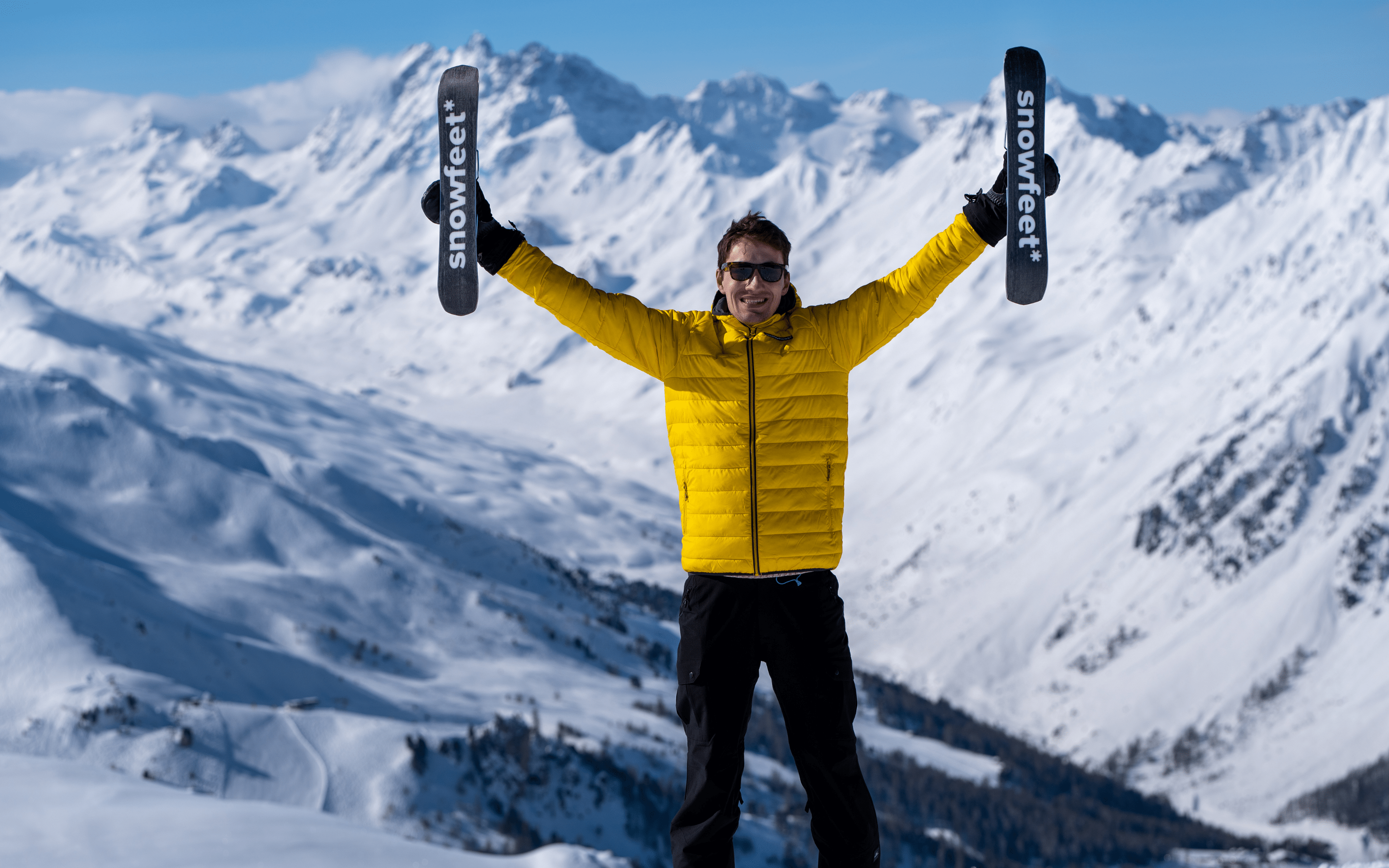
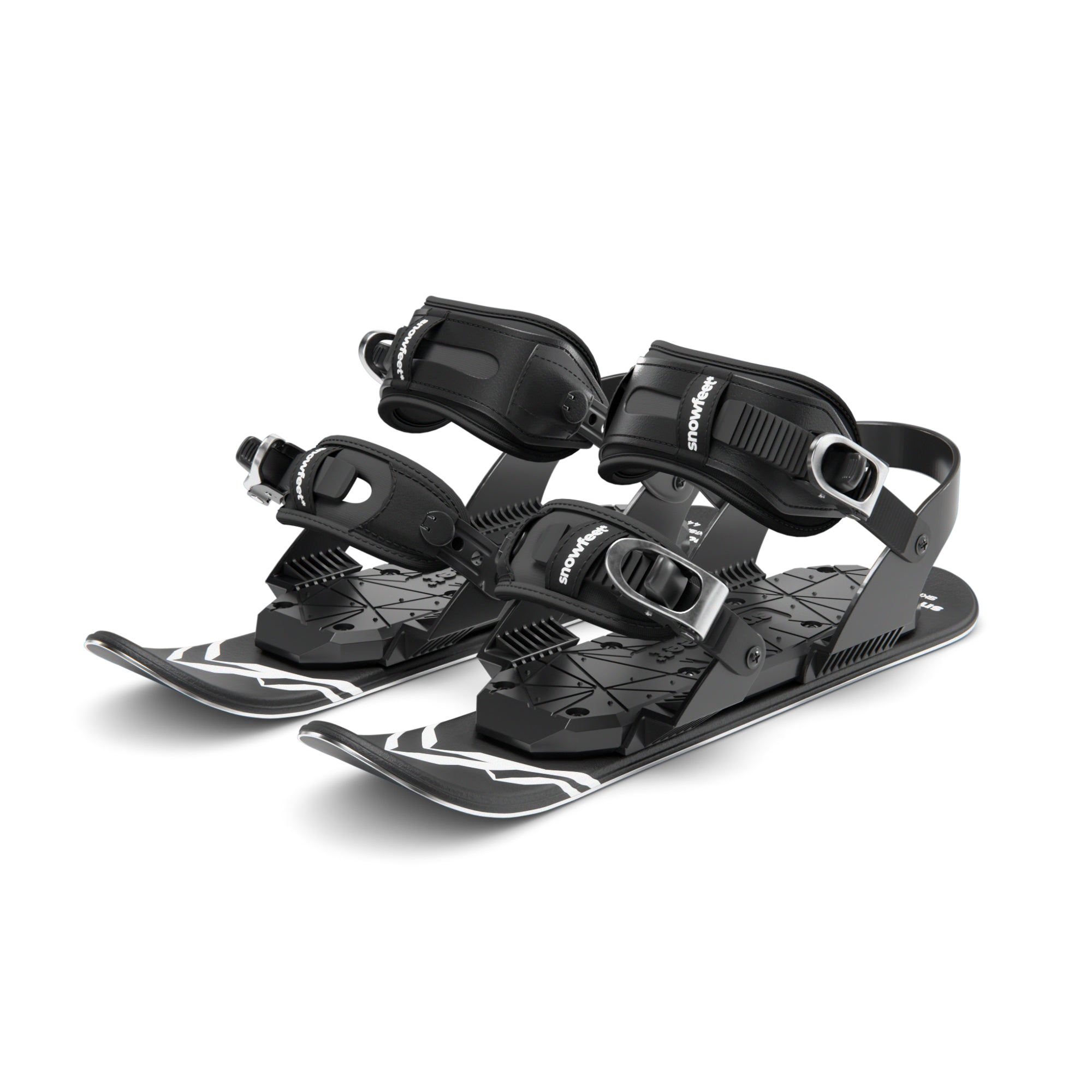
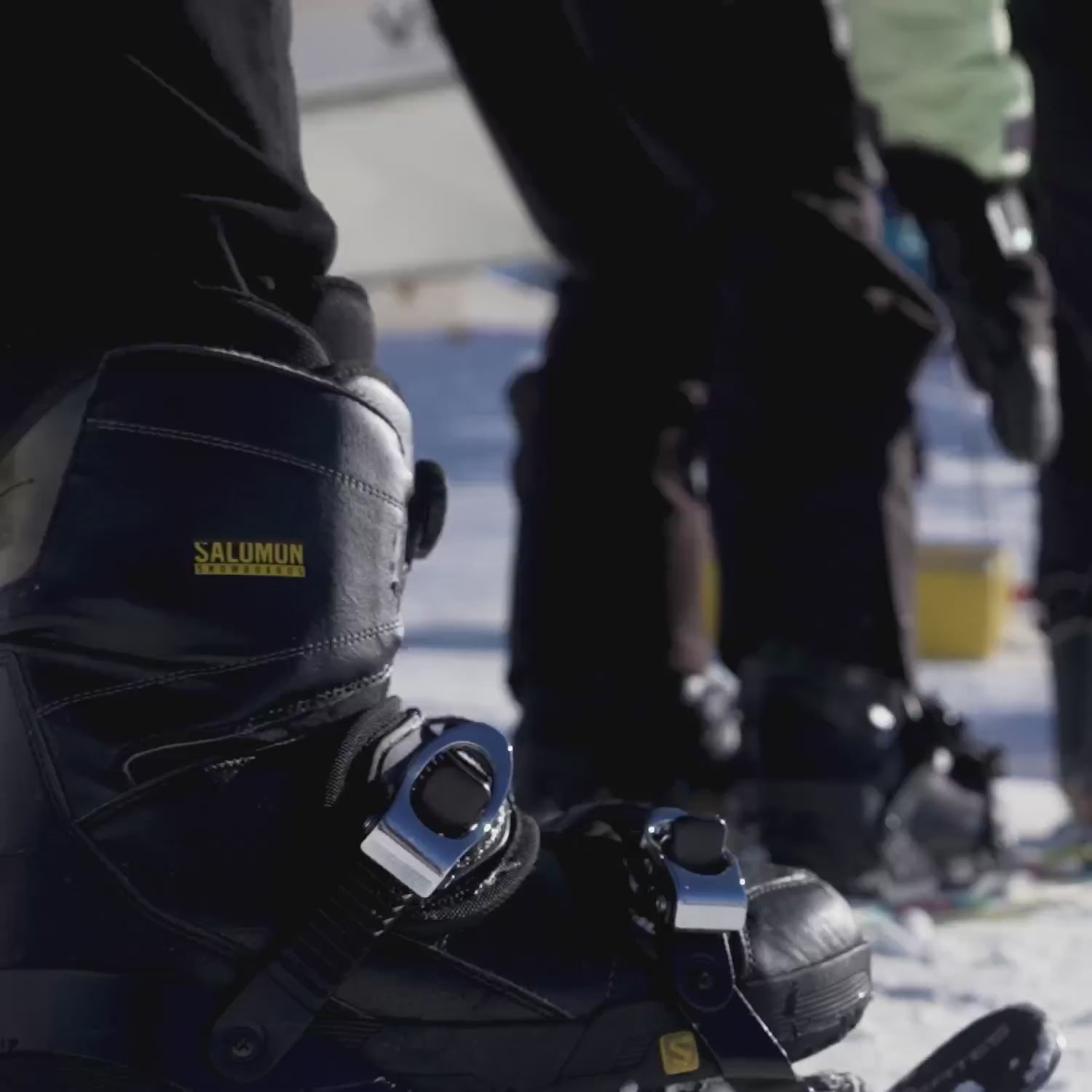
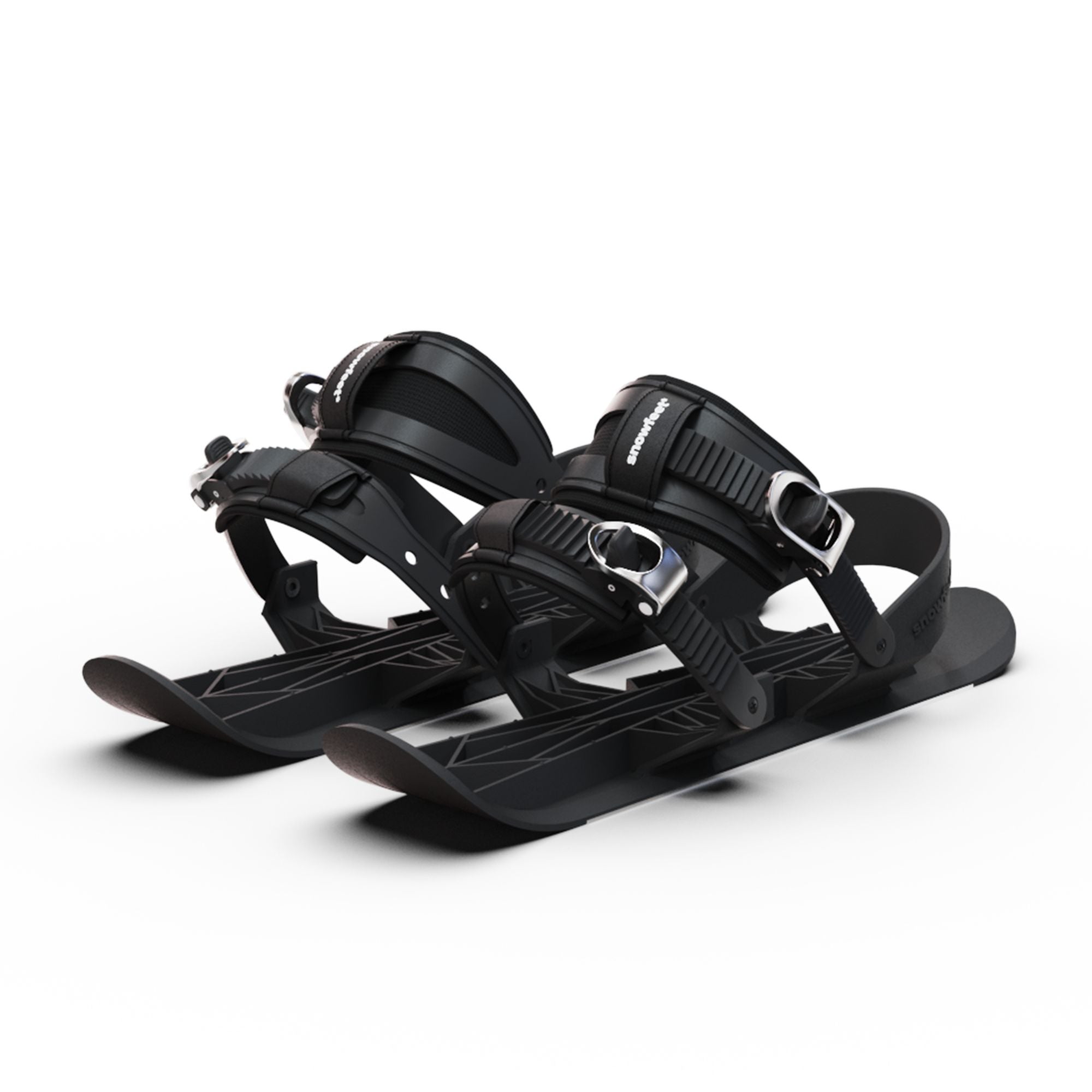
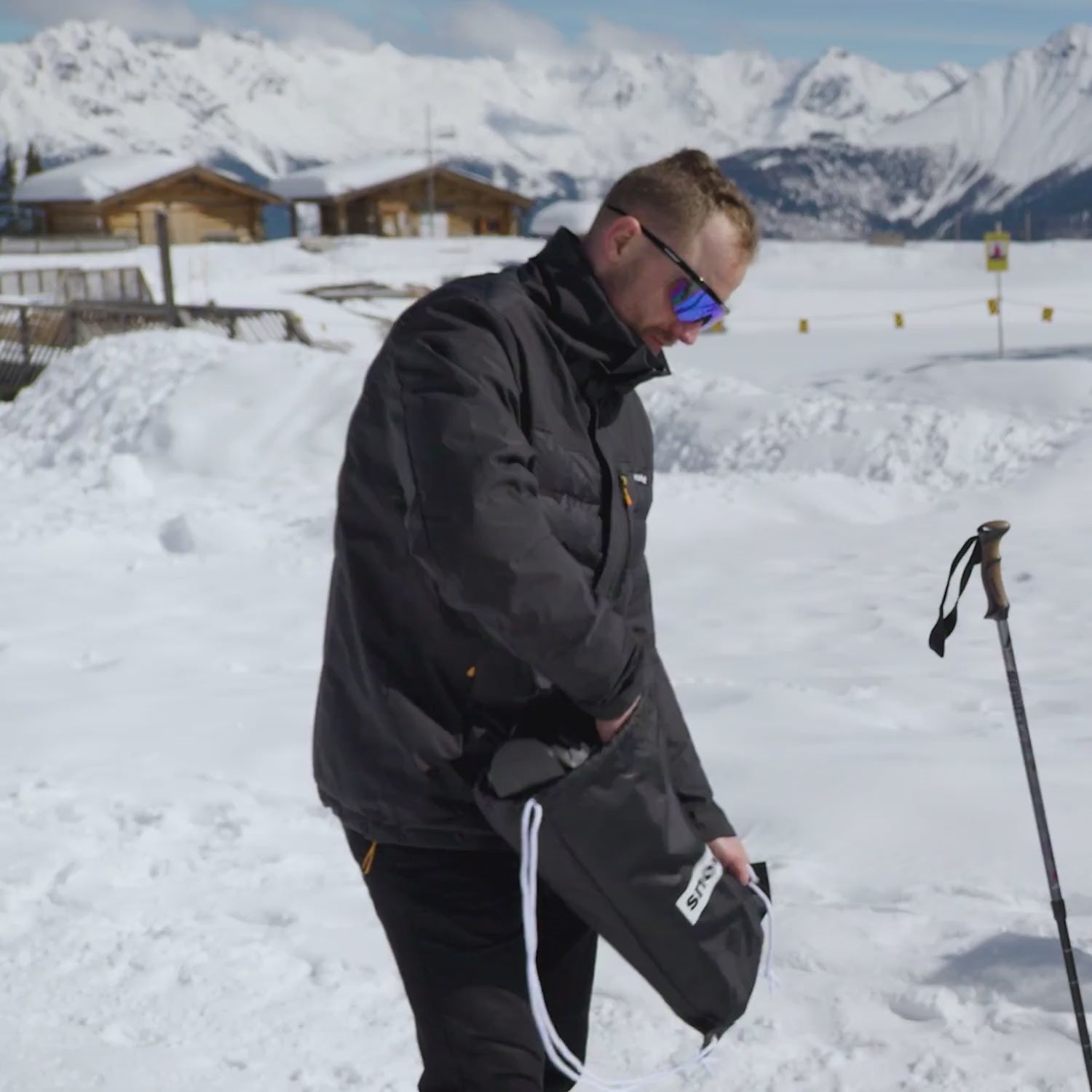
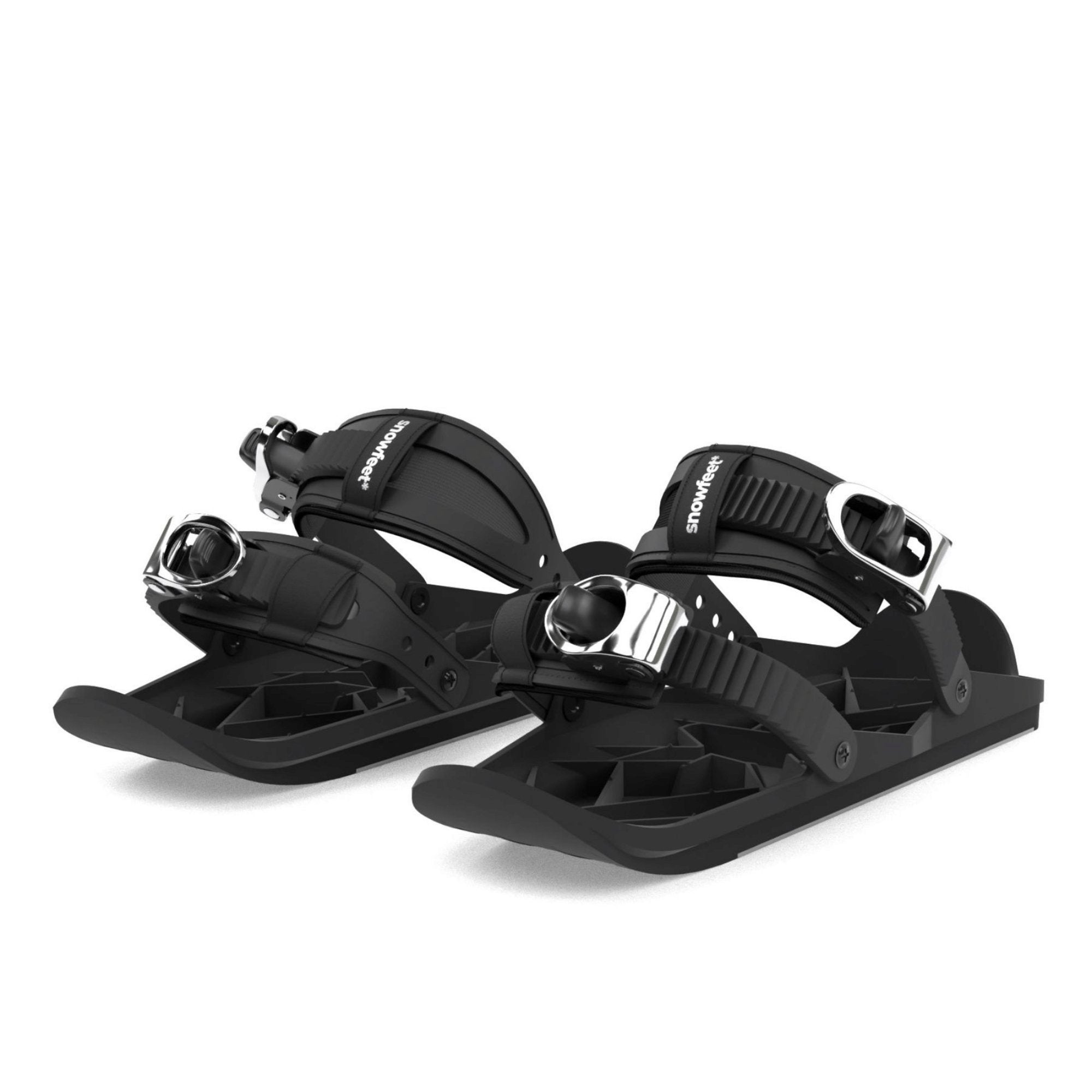
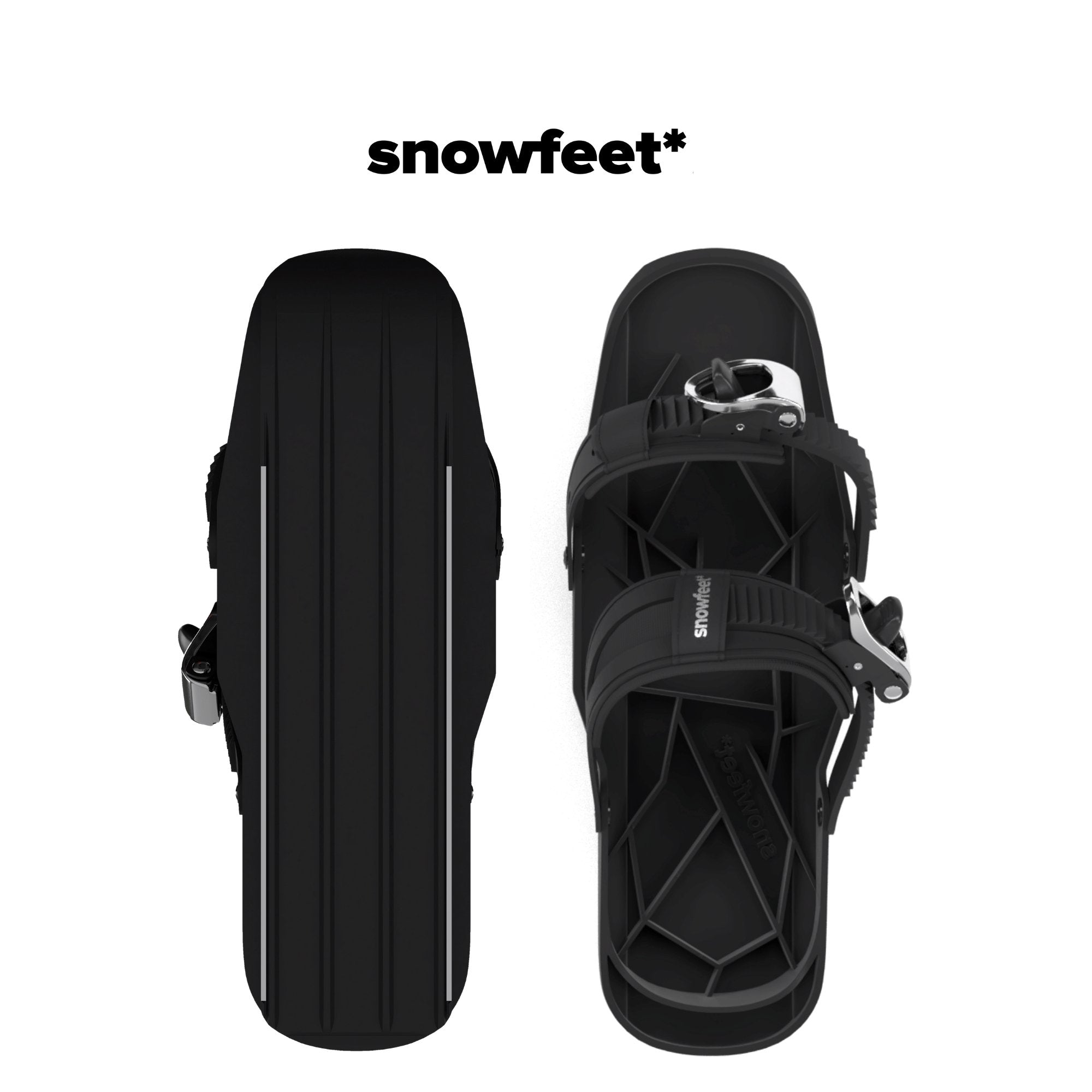
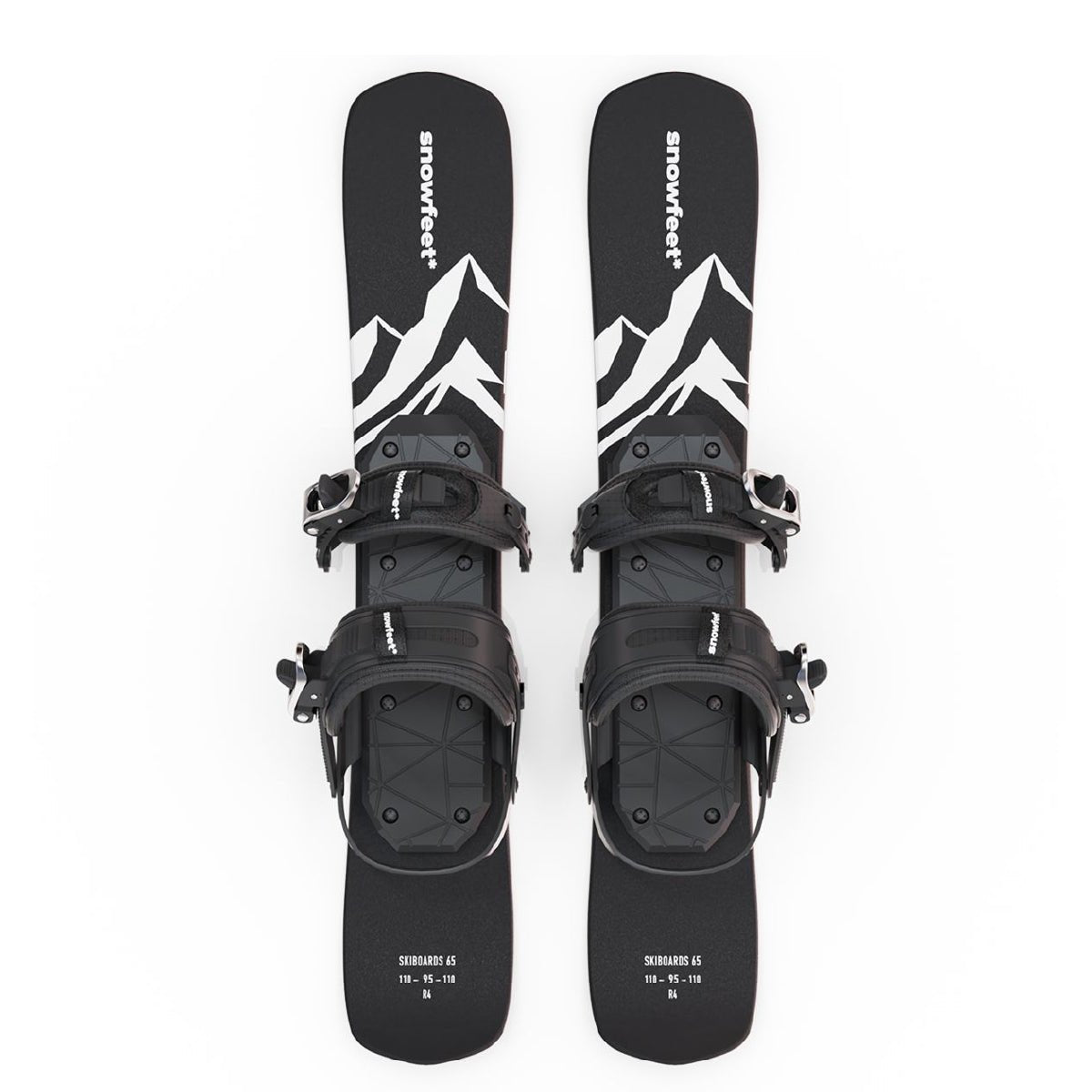
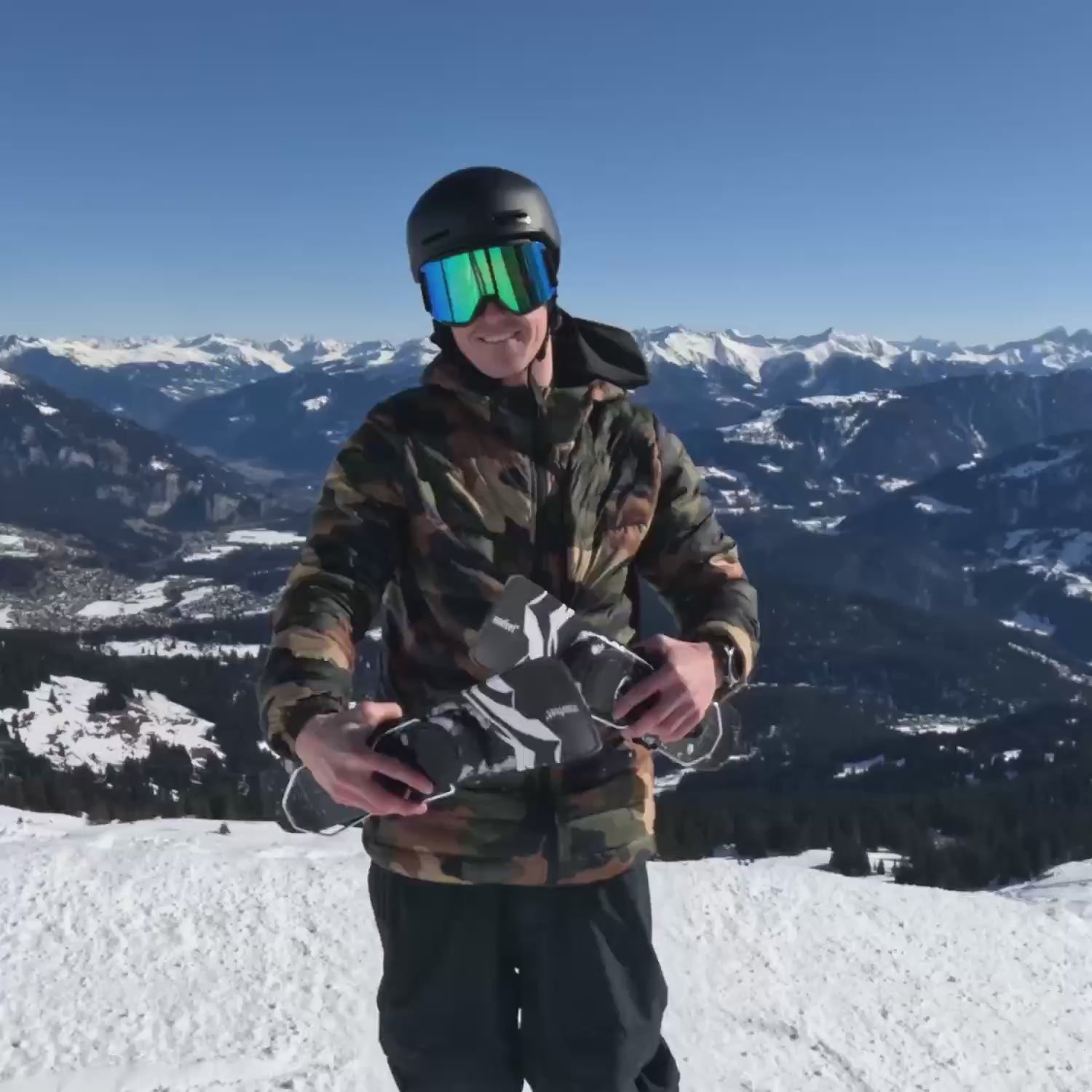
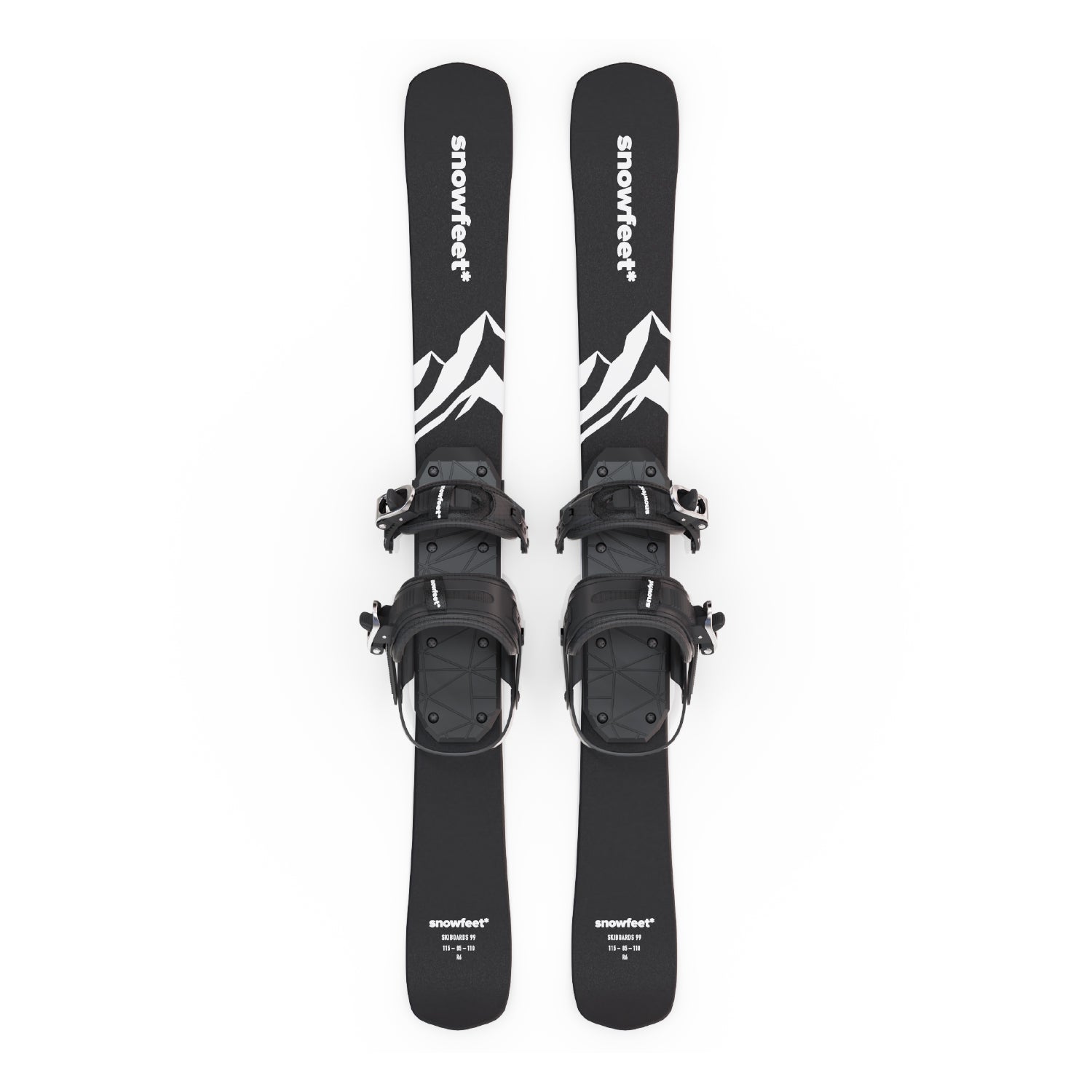
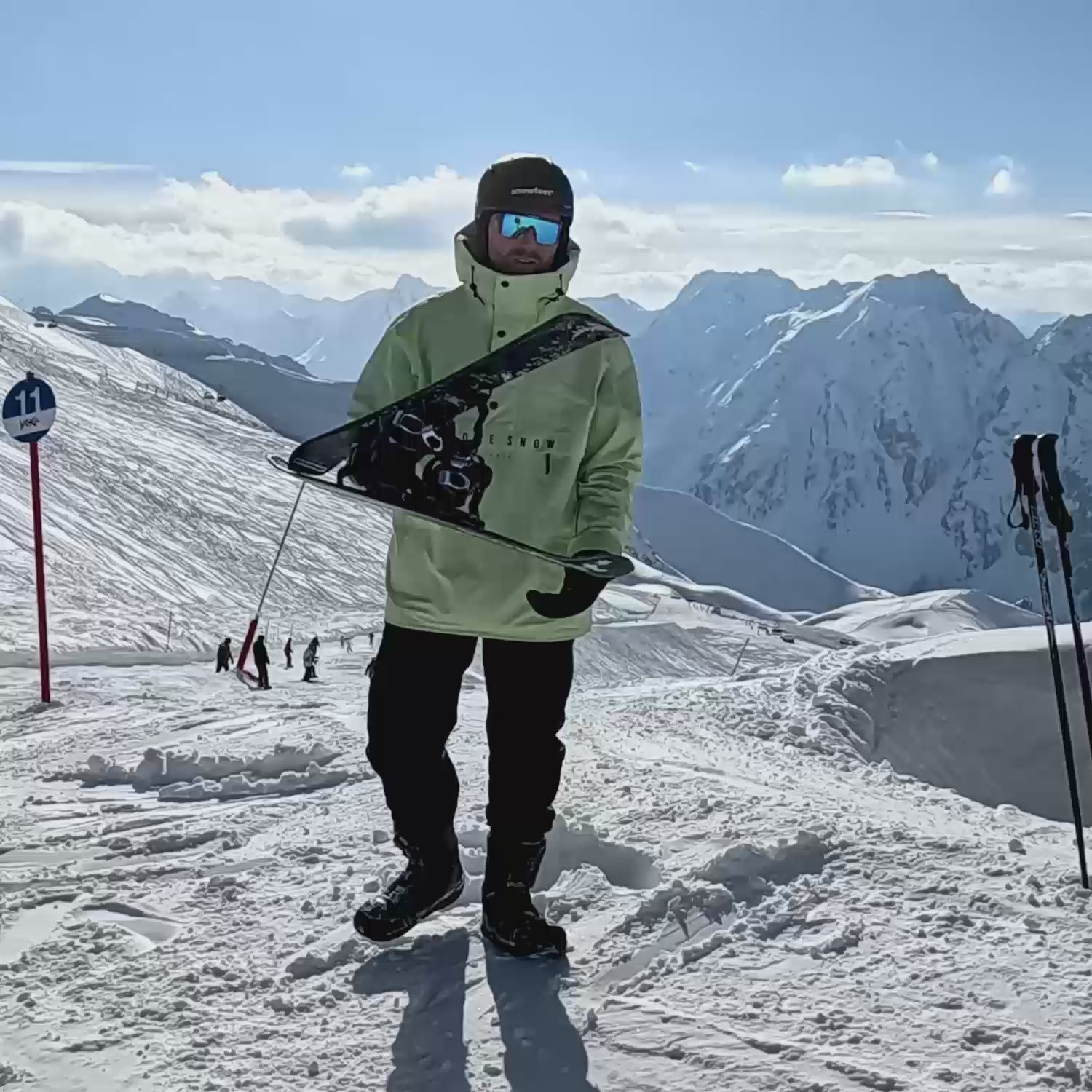
Lascia un commento
Questo sito è protetto da hCaptcha e applica le Norme sulla privacy e i Termini di servizio di hCaptcha.